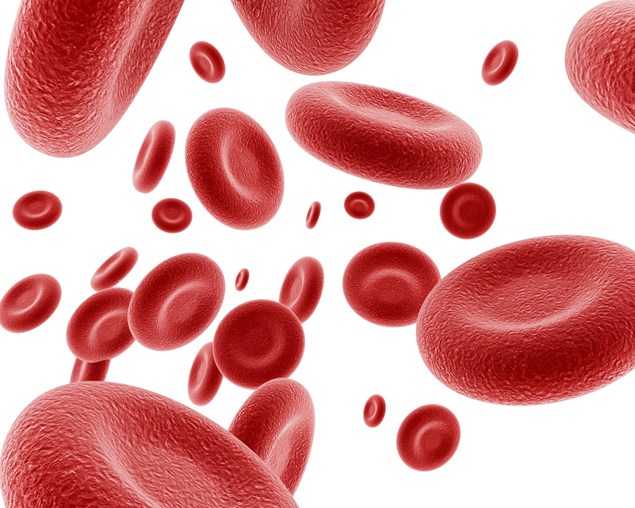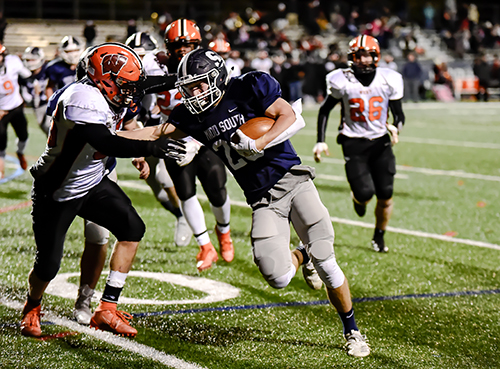Feeling tired? Is your performance on the athletic field suffering? Are you unable to concentrate at school or work and lacking quality sleep? One possible reason for these symptoms may be due to low iron, or iron deficiency.
Iron deficiency is in fact common in athletes, occurring up to 50% in females. Iron is a mineral that is a part of the hemoglobin molecule in circulating red blood cells in our bodies. Hemoglobin is responsible for oxygen transport from our lungs to our tissues. In addition, iron plays a role in our acid base balance and energy metabolism. In other words, it is directly correlated to our aerobic capacity and performance in daily and athletic activities.
Iron is obtained from our diet and either from animal and non-animal products. Animal products high in iron include clams, oysters, sardines, shrimp, beef, turkey, and liver. Red meat contains three times as much iron as chicken and fish and thus is a great source of iron. Iron in animal products are better absorbed by non-animal foods rich in iron which include beans, dates, spinach, pumpkin seeds, and tofu.
Athletes are especially at risk for developing low iron due to losses in sweat, skin, urine, and the gastrointestinal tract. Females also are at greater risk due to menstruation. With intense exercise, iron losses increased by as much as 70%.
As iron stores diminish, one begins to experience fatigue with exercise. As stores decrease further, the body is unable to make sufficient amounts of red blood cells and an anemia develops. In addition to weakness, fatigue, poor performance, inability to sleep, one may develop a craving for ice chips. This is specific for iron deficiency in fact.
In order to diagnose and screen for iron deficiency, blood work can be obtained. While a true anemia, a decrease in red blood cells, is found in severe cases, athletes may demonstrate a deficiency by obtaining iron saturation studies as well as serum ferritin, which is a long-term storage of iron. While in the general population, a ferritin of below 15 ng/ml is considered abnormal, the serum ferritin level should be at least 40 ng/ml in athletes and especially long-distance runners to experience the best performance capacity.
Most deficiencies can be corrected via diet alone and modification in training regimen. It generally takes six to eight weeks to replenish iron stores. There are various forms of iron supplementation. It is also important to take iron with vitamin C in order to enhance absorption and avoid dairy, coffee, and tea as these products inhibit absorption. Supplementation is only advised under the care of a doctor and there are risks associated with overload. A serum ferritin level is necessary to guide the supplementation.
Other reasons, including low vitamin D, high cortisol levels, low thyroid hormones, may also be implicated in fatigue of the athlete. At our office, we obtain baseline bloodwork on athletes before, during, and after the season, as warranted.
- 2023 JSN Awards Finalists Announced - December 18, 2023
- Sunil Sunder Raj Recaps Day One of State Football Finals With OnNJ (VIDEO) - November 27, 2023
- Mental Health and Exercise: Finding Balance in New Jersey's Fast-Paced Life - November 27, 2023









